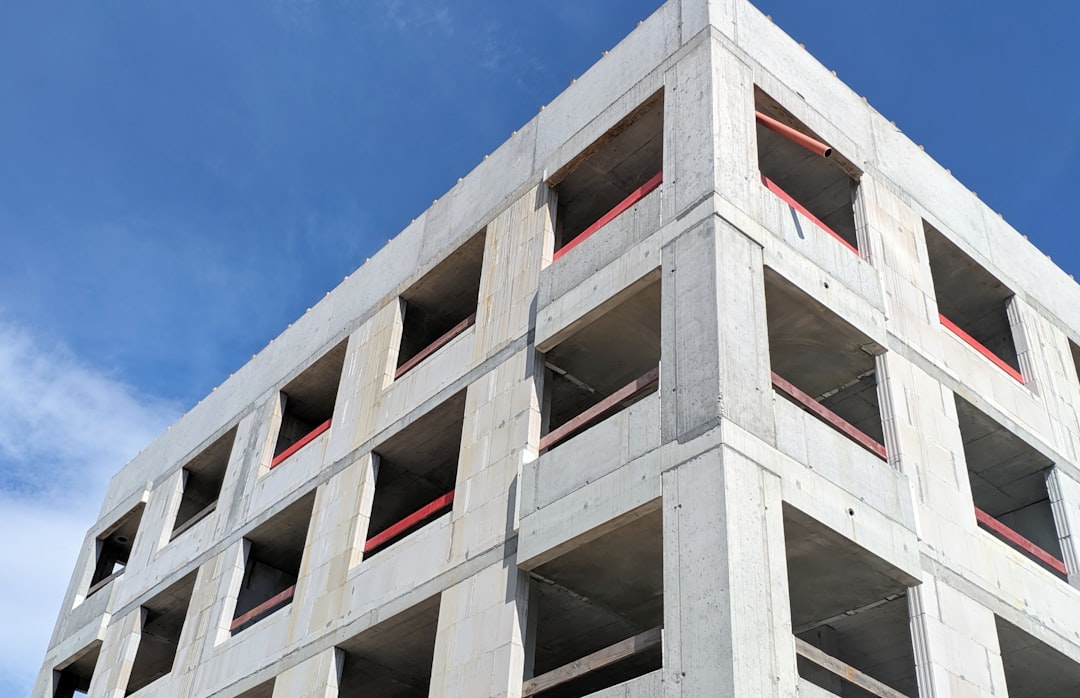
Hard costs—brick, lumber, labor—grab attention on bid day. Yet experienced builders know that the true profit killers often hide in the “other” column: construction soft costs. These are the pre- and post-build expenses that never swing a hammer but still swing your margin. From design fees to jobsite Wi-Fi, soft costs can add 15-25 % to the total budget. Mastering them is the fastest way to sharpen proposals and win more work.
For residential projects, CountBricks typically sees eight major categories:
• Pre-construction services: estimating, feasibility studies, soil reports, surveys
• Design & engineering: architect, structural, MEP, interior design
• Permits & approvals: plan checks, impact fees, utilities hook-ups
• Finance & insurance: loan origination, interest carry, builder’s risk, bonds
• Project management: superintendent salary, drones, jobsite software
• Administrative overhead: office rent, accounting, HR, marketing
• Temporary facilities: fencing, toilets, power, dumpsters, site security
• Close-out & warranty: punch-list labor, manuals, post-occupancy service
1. Hard costs follow the takeoff. Soft costs follow the calendar.
2. Hard costs fluctuate with commodity pricing. Soft costs inflate with schedule creep and scope drift.
3. Hard costs are easy to show in a line item. Soft costs need narrative—and that’s where CountBricks quote documents shine.
Builders Googling this phrase want answers, not theory. They’re hunting for cost percentages, real-world benchmarks, and tools to track the numbers in real time. Competition includes accountants, software vendors, and law firms. The content gap? Practical, field-tested tactics that plug directly into a builder’s day-to-day workflow. CountBricks fills that gap with voice-driven estimating, AI blueprint takeoffs, and instant proposal generation—all calibrated to expose hidden soft costs early.
Speak the scope once. CountBricks captures the conversation, tags tasks, and assigns the latest local material prices. Less keyboard time equals lower pre-construction overhead.
Upload a PDF and watch the AI identify walls, windows, and fixtures in minutes. When a superintendent can self-perform takeoffs, you spend less on outside estimators.
Our cloud-based database updates pricing weekly. No more outdated spreadsheets that trigger surprise interest payments because budgets were under-inflated.
CountBricks auto-formats scopes, inclusions, and exclusions. Faster client sign-off shortens the pre-construction phase, trimming financing charges.
A three-unit infill build in Austin normally carries 22 % soft costs. Using CountBricks:
• Voice estimating and AI takeoffs cut design iteration time by 30 hours
• Auto-fill permit schedules flagged missing utility fees before submission
• Live dashboards showed interest carry climbing as rain delays piled up, prompting an early schedule compression plan
Final soft-cost percentage: 16 %. Savings on a $1.4 M project: $84,000 straight to the GC’s bottom line. See detailed numbers at CountBricks.com/portfolio.
Allocate 20 % of hard costs as a placeholder in CountBricks. Adjust as design evolves.
1. Tie lender draws to scope completion, not calendar dates.
2. Update cash-flow forecasts automatically in CountBricks.com/services.
• Store contracts, COI, and permits in the CountBricks cloud vault
• Link each doc to its budget line for real-time variance alerts
Every monthly SaaS fee is a soft cost. Review licenses quarterly inside your CountBricks dashboard.
Inflationary pressures on insurance and finance will rise faster than material prices. Builders who lock in predictable overhead will protect margins. CountBricks is adding predictive analytics that compare regional soft-cost trends against your live projects, giving you a 6-month head start on risk mitigation.
Sign up for a free demo at CountBricks.com/consultation. Bring one active project, and our team will load your plans, map your cost codes, and reveal where soft costs are hiding. In one hour, you’ll know exactly how much margin is waiting to be claimed.

• Every time you log in, the first screen shows a project-by-project soft-cost percentage. Green means on target, yellow signals drift, red demands action.
• Drill down to see which line items—permits, superintendent hours, loan interest—are trending above baseline.
• Export a one-page PDF for lender or client updates directly from the dashboard, no manual formatting required.
1. Enter a proposed acceleration plan—double framing crew, weekend concrete pour, overtime carpentry.
2. The simulator instantly recalculates labor premiums against reduced financing charges, showing the true net effect on soft costs.
3. Builders use the report to justify change orders that actually save owners money, winning trust and repeat business.
• Close-out labor and post-occupancy visits are classic soft-cost blind spots. CountBricks links punch-list tasks to timecards, giving you a running total.
• Automated reminders ensure subcontractors address issues before warranty clocks expire, slashing callbacks that erode profit months after handover.
The GC entered the 3,200 sq ft custom build into CountBricks midway through framing. Immediate insights:
• Superintendent overtime was pacing 18 % higher than budget. A quick crew-rotation plan cut it to 5 %.
• Temporary power costs were double the regional benchmark. Switching to solar-assisted generators saved $1,900 in four weeks.
• The owner’s upgrade requests threatened a two-month delay. Using the Schedule Compression Simulator, the builder justified Saturday work that offset interest carry by $7,400.
Net soft-cost reduction: 6 % of total build value—enough to fund a marketing push for the next project. Explore similar success stories at CountBricks.com/portfolio.
If you’re still juggling spreadsheets to tame soft costs, it’s time for a smarter workflow. Book a personalized walkthrough at CountBricks.com/consultation and see how fast precision turns into profit.